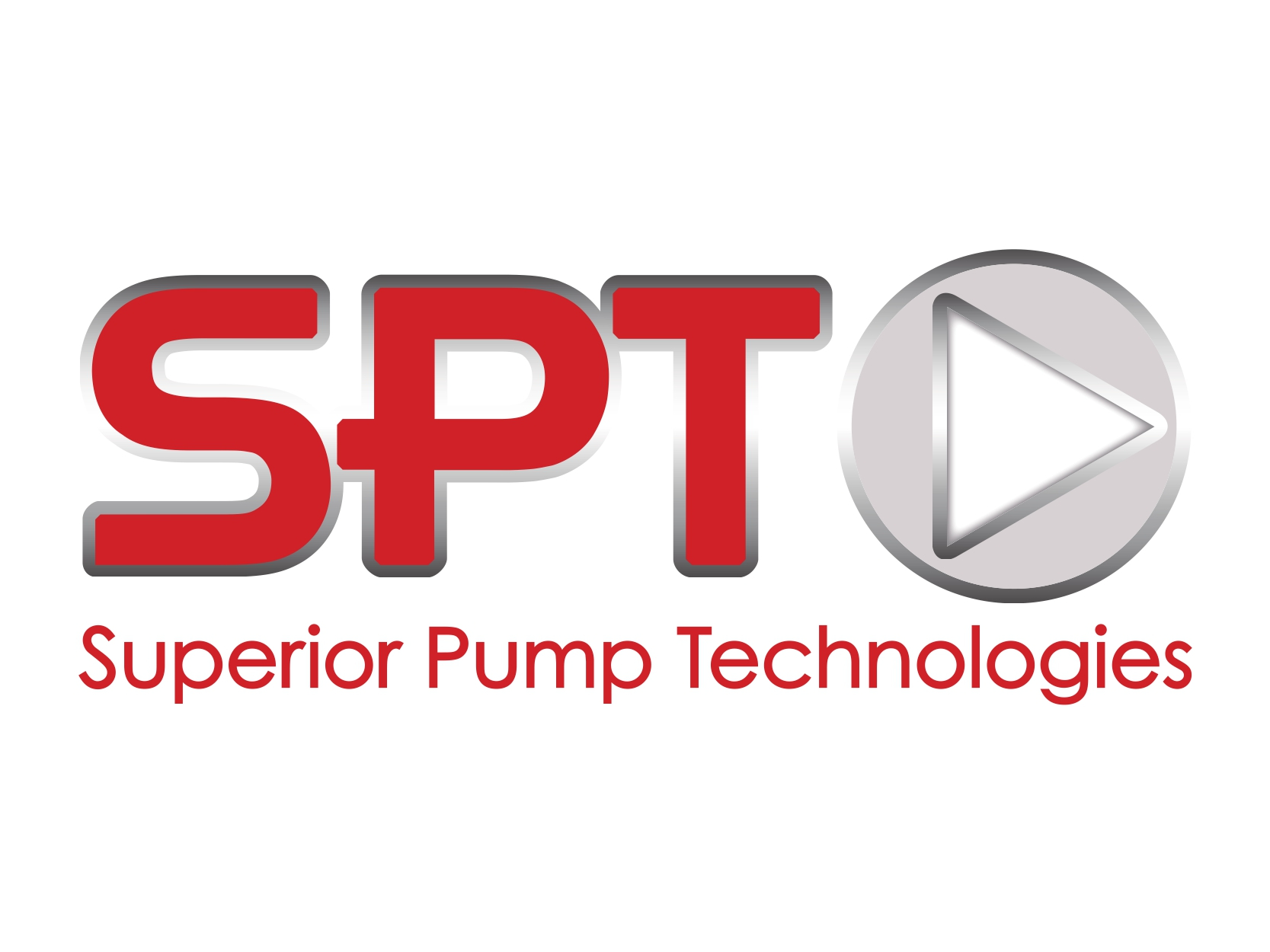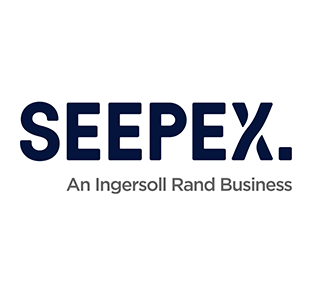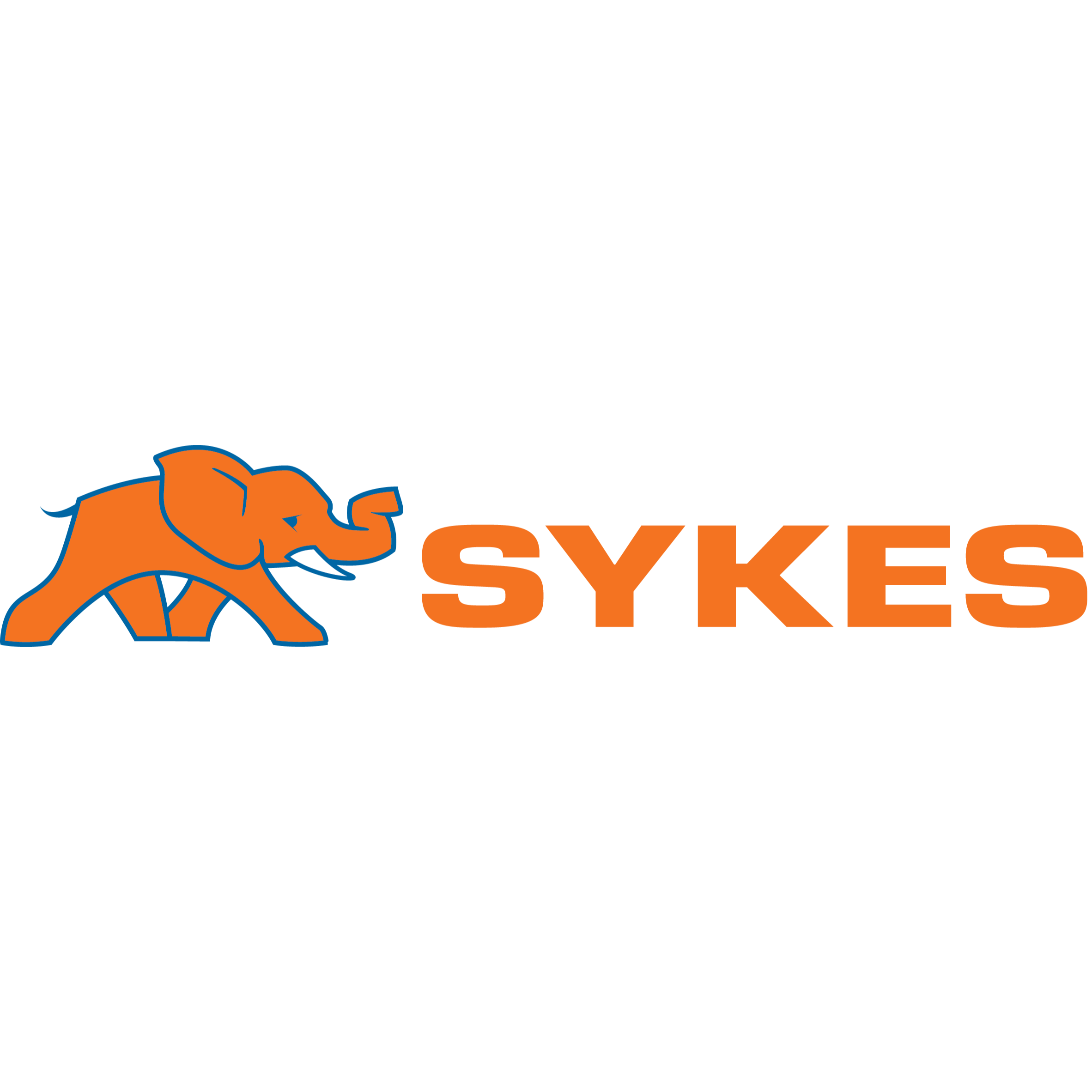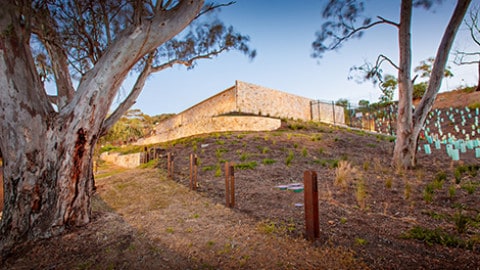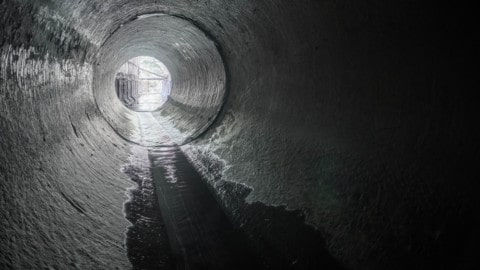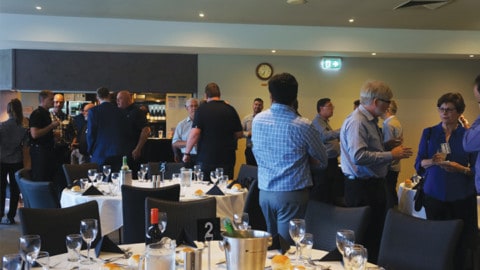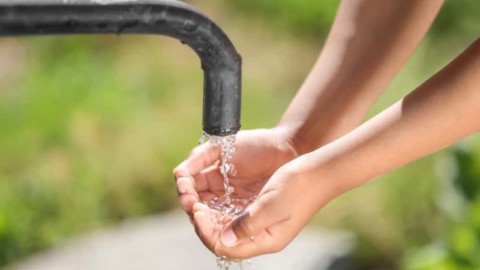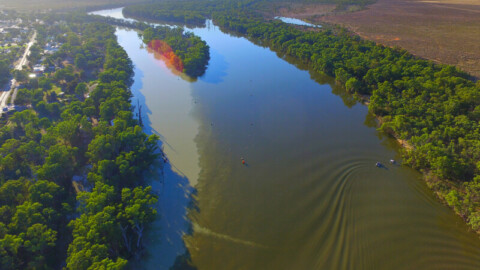In this ongoing series of interviews, we talk in-depth with the end users of pumps across a range of industries and applications. This edition features John Heaven, Mechanical Team Leader at SA Water’s Murray Bridge workshop.
About John Heaven
I started with the South Australian Engineering and Water Supply Department as an apprentice fitter and turner, 30 years ago. After I completed my apprenticeship I was kept on as a maintenance fitter at the Murray Bridge workshop and spent 20 years on the workshop floor. Working in pumps was a natural progression due the nature of the water utilities core function. For the last six years I have been the Mechanical Team Leader, looking after a team of eight tradespeople and two apprentices. Our workshop’s core work is the service, maintenance and repair of three major pipelines and associated equipment. These pipelines supply water from the Murray River to reservoirs and tanks supplying the city of Adelaide and the upper south east of South Australia.
Can you let us know about the range and types of pumps you have worked with?
Our work on pumps varies from large 1200mm vertical spindle and 900mm horizontal split case double end suction units, to 25mm centrifugal units. We also have a number of submersible borehole pumps and submersible sewer station units we are responsible for. Over the years I have seen an improvement in impeller design in most pump types, but the most significant changes have been the introduction of vertical spindle multi-stage pumps that have all but replaced the end suction pumps for domestic and boosting options, the usage of variable speed drives and the development of high efficiency electrical motors.
Can you explain a bit about the procurement process for pumping equipment?
The South Australian Water Corporation is a large organisation and incorporates system modelling, engineering and asset teams that are able to provide all the necessary information to determine the requirements for a specific system; from the system curve and duty point, hydraulics involved (including surge) and a recommended pump type. The level of involvement for all the teams is usually dependent on whether the pump is a new unit or a replacement/upgrade, and its size. A new installation would most definitely be the most involved and would more than likely go to a tender process. A scope would be developed and consultation of the various teams and local operators would go towards the tender write-up. A replacement or upgrade would involve the local operators, assets and system modelling teams to ensure all bases are covered and, in most instances, a local purchase would be organised through the workshop.
What testing do you conduct for pumping equipment?
Testing of new units is an important aspect of the selection process for new pumps, and a supplier needs to prove their equipment is capable of meeting the scope set out by the corporation. This would not always be via a sited works test, however a site performance test would be necessary to ensure the equipment performed to expectations and any deficiencies were eliminated. This can be done with the supplier present or at a local level with supplier involvement limited to any corrective actions necessary due to problems encountered.
What are the best ways to ensure good communication and get the best results between client, consultant and supplier?
Involvement of all the relevant stakeholders from the beginning to the end of the process is the best way to ensure that the equipment purchased and installed will function as desired, be cost effective and will perform well into the future. From a workshop perspective, it is just as important that the unit can be maintained and repaired as quickly and safely as possible, as it is to be able to perform efficiently for its working life. A supplier’s ability to provide service and spare parts for the life of the pump is vital, and it is not cost effective to design an installation were maintenance staff has to work around obstacles to perform routine services or repair work.
What are the most important factors in pump selection?
The most important factors in selecting a pump will differ depending on who you are asking, but life cost and overall efficiency should be on everyone’s mind. The operators and/or maintenance staff will usually first look at the unit’s ability to perform the task. Therefore the type, the construction type and materials, the ability to effectively maintain the unit into the future and continuation of supply will be important. Energy efficiency is a very important aspect and the use of high efficiency motors and variable speed drives has allowed a pump that was previously only capable of a specific duty to be able to perform very effectively and efficiently over a range of duties. Costs can sometimes be minimised by deferring a new installation and utilising a redundant or back-up unit instead.
Can you explain a bit about your on-site servicing and routine maintenance?
Ongoing service and maintenance is made easier by monitoring pumps and systems with a SCADA (supervisory control and data acquisition) system. We are able to monitor and alarm pressure, flow, and temperature in most instances and with this data we can determine existing and potential issues. The system also allows effective fault-finding to be conducted in the event of a breakdown and can go a long way in determining a cause. We are fortunate to also have a performance monitoring team available to test and monitor our larger pumping units. The team are able to detect any drop in performance through performance testing and vibration analysis and make a cost effective determination of any overhaul or repair requirements. For all our assets we have annual preventative maintenance programs, and through the collection of the programs data we are usually able to determine potential issues and therefore minimise breakdowns and downtime, and maintain a continuation of supply.
Can you explain your view and relationships with the Australian pump industry?
Consultation with suppliers is constant and ongoing, and a competitive market has meant any new technology is quickly disseminated into the relevant industries. We have tended to stick with products with a proven performance history and availability of service and spare parts; if the units are made/produced in Australia this has tended to be more consistent. These days all reputable pump manufactures are very similar in technology and quality, so it is no longer uncommon to change a manufacturer or supplier when they meet all of our requirements and costs.
Where do you see the pump industry going in the future?
In our industry, where the use of a pump has remained consistent throughout the water and wastewater processes over a large period of time, the improvements in type, impeller design and more efficient electric motors have assisted in minimising overall pumping costs. However, the desire to minimise the infrastructure footprint and overall cost of building a system or process has meant that a pump and control system that is reliable is becoming ever more important. The ability to build a pressure-controlled system to supply domestic customers is now a reality. A system can be built to compensate for varying demands, reduce the costs lost through leakage and eliminate the need for an elevated storage tank. The pump is fundamental to the process, and as the control demands change the pump will change to suit.



